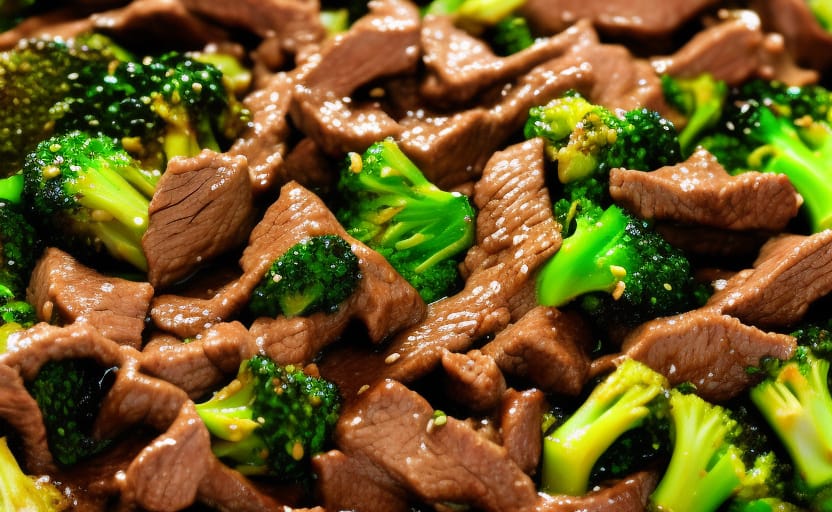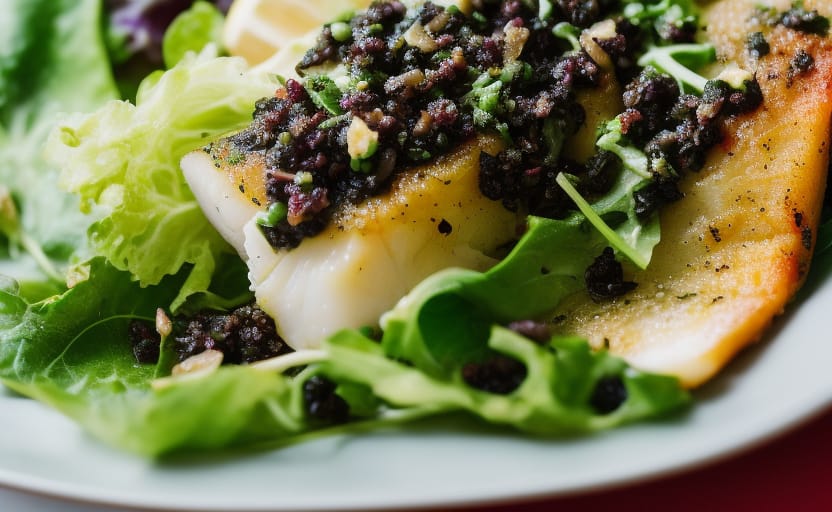Ankylosing Spondylitis
Flexible Wellness Plan
A simple step-by-step plan you can follow
Quick Menu: 1. Diet | 2. Movement | 3. Mindset | 4. Supplements | 5. Sleep | 🍲 Meal Plan Ideas
1. Diet
Stick to these foods until you hit ‘pain free’
You’ll get the best results, in my opinion, if you stick only to the items on this list (it certainly makes shopping lists easy).
Don’t worry, this isn’t your forever list! This is just to get you to ‘pain free’. Stay strict and don’t cheat, the pay off is worth it.
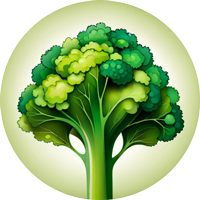
Meat and Fish
✅ Meat (any)
✅ Seafood (any)
(especially oily fish)
Sauces and Dressings
✅ Avocado oil
✅ Olive oil
✅ Salt
Dairy
✅ Almond milk
✅ Goat yoghurt (small amounts)
✅ Eggs (small amounts)
Vegetables and Salad
✅ Broccoli
✅ Cabbage
✅ Courgette/zucchini
✅ Cucumber
✅ Leeks
✅ Mushrooms (a funghi!)
✅ Okra
✅ Radish
✅ Sauerkraut
✅ All leafy green salad
Important: Avoid the following at all costs
Fruit
✅ Avocado
✅ Olives
✅ Berries (blueberries, blackberries, raspberries, strawberries) small amounts
Nuts and Seeds
✅ Chia seeds
✅ Macadamia nuts (small amounts)
🚫 Try to avoid nuts at start of diet
Cold Drinks
✅ Water
Hot Drinks
✅ Black coffee
✅ Tea or coffee with almond milk
✅ Herbal tea
✅ Bone Broth
Alcoholic Drinks
✅ Beer (lager or pale ale), small amounts
✅ Red wine, small amounts
✅ Clear spirits (vodka, tequila, mescal, gin), small amounts
🚫 Avoid any sugary mixers (tonic etc), rums, liqueurs, white wine or rose
Supporting Evidence
Why such a restricted list?!
It’s vital to establish your baseline first. Once you get you to ‘pain free’ (or close to it) you can start to reintroduce certain foods back in, one by one.
That’s why it’s really important to keep track daily of everything you’ve eaten, your pain levels and so on.
Use whatever method works best for you and stick to it. If you want a Wellness Plan spreadsheet you can copy and adapt, I’ve made one for you here.
You can do this. I am really badly organised, terrible at maths and hate spreadsheets. I managed to do this (and stick to it) and as I write this I am pain free. I haven’t even taken so much as an NSAID in over two years!
💡 Still experiencing issues?
Maybe you’ve tried the diet for a while and experienced a little relief but not great relief… or maybe some issues have improved but others have actually got worse… or maybe you don’t feel any different!
If that’s you, please don’t worry, there are lots of things it could be.
You will get to the bottom of it. It’s a case of putting your detective hat on and persevering.
1. It takes time. Dietary changes are not like popping a pill or having an injection and getting instant relief. It may have taken years, even decades for your gut and microbiome to get to this state. Many find it can take weeks or months to start noticing a positive impact.
2. You may be reacting to other food intolerances. This can confuse the main experiment. When you shift your diet significantly that can often mean having a lot more of one ingredient than usual, or a new ingredient entirely (something that your body is not used to). If you have an adverse reaction this can set off new and existing issues.
e.g. Someone starts on a strict candida diet to help with bloating and other issues. As part of this, they cut out gluten and start baking with buckwheat for the first time. The sudden intake of buckwheat (very high in oxalates), triggers a stream of painful oxalate issues.
Here is a list of some of the most common along with links to helpful support groups:
Oxalates
Helpful Facebook Group:
👥 Trying Low Oxalates
Candida
Helpful Facebook Group:
👥 Candida Support & Info
Sulfites
Helpful Facebook Group:
👥 Sulfites No More
SIBO
Helpful Facebook Group:
👥 SIBO Discussion/Support
2. Movement
Keeping moving is essential
Multiple studies have shown that movement and stretching are an essential part of managing ankylosing spondlyitis.
Walk 12k+ steps a day (if possible) ✔️
15+ minutes stretching, 5 times a week ✔️
Lying on a mat and doing yoga or pilates might be too much for you right now (hopefully this is something you’ll be able to build up to!). To start with I recommend following the exercises that Emily Clarke from the NASS has put together.

Walking benefits
Walking is a great way to move the joints and improve flexibility and AS symptoms
It is easier on the joints (less load bearing) which is perfect when you’re starting out
Stretching benefits
Helps to keep your joints moving and flexible and supple
If you have a smartphone or smartwatch it will track your steps for you for free. You can set targets to help you stay on track
Supporting Evidence
3. Mindset
Stay motivated, stay positive! (+ get support from me and others!)
You can do this.
Every one of the rheumatologists I’ve seen told me that diet, as a treatment for AS, was at best ‘inconclusive’. Not one of them had even heard of the London AS diet which was prescribed under the NHS for many years and had wildly successful results.
So I pushed on anyway…
Today (after over 20 years with AS) I no longer take any medication for my ankylosing spondylitis.
My rheumatologist is now HAPPY for me not to take methotrexate or biologics.
My blood inflammatory markers are low. My cholestrol (on this crazy diet) is excellent. My heart rate and blood pressure is healthy. I sleep better. My mobility is improving all the time. I have more energy than I’ve had since my twenties. Most importantly I am 90 – 95% pain free.
Read my diary entries (see the rollercoaster)
Join and read the posts on the KickAS forum
Join the The Low/No Starch Lifestyle for Ankylosing Spondylitis Facebook forum

Forum benefits
KickAS has over half a million invaluable posts. It most people’s entry point to the Low/No Starch Diet for AS and is a hive of fantastic information and success stories
Low/No Starch Facebook group for AS is a wonderfully supportive and positive group. It’s a great place to talk to others and stay motivated and learn about what’s working for others
Diary benefits
Adjusting to this new lifestyle is challenging. There are ups and downs and this will be different to anything you’re used to. But it gets so much easier and the payoff, if you stick with it, can be huge. Sometimes seeing someone else’s journey helps you know you’re not going it alone
4. Supplements
These supplements could help with AS aches and fatigue
There’s a lot of debate over the efficacy of supplements. Are they properly absorbed by the body? Do they really make a difference? Always do your own research but here are 3 supplements which have had a measureable effect on my own AS management over 2 years of testing.
Magnesium Malate OR Magnesium Glycinate (powder form) ✔️
Electrolytes (powder form) ✔️
Vitamin D & Omega 3 (gel caps) ✔️

Should You Choose Magnesium Malate or Magnesium Glycinate?
There are many forms of magnesium available. Modern diets mean most of us are deficient in magnesium so supplementation can be an effective way to top up. This is especially the case for people with autoimmune disease like ankylosing spondylitis.
Magnesium deficiency can lead to muscle cramps and other issues. That’s why people with AS may find that supplementing with magnesium could help reduce night cramps. Here are the two options I prefer and have repeatedly tested:
Magnesium Malate is the most bioavailable source of magnesium. It is most easily absorbed by the human body making it the best choice for most. You will get a noticeable energy bump from malate so I’d recommend taking it during the day time.
Magnesium Glycinate is another excellent form of magnesium. It can help promote feelings of sleepiness (and many people use it to help them get to sleep) so if you take this one do so just before bed.
Why Vitamin D & Omega 3?
Omega 3 is great for joints and Vitamin D is an essential vitamin, especially if you don’t get to spend much time outdoors.
You can often find the two combined in one capsule. I recommended gel caps because they tend not to contain any starch (although always check the label).
Magnesium benefits
Can really, dramatically help ease (or get rid of) night cramps for many
Can provide a boost to energy and focus (magnesium malate) if taken during the day or promote a feeling of sleepiness (magnesium glycinate) if taken at night
Vitamin D & Omega 3 benefits
Both vitamins are essential to our diet
While you are unlikely to notice any immediate or short term effect, they yield benefits over the long term
Want daytime energy and night time sleepiness? Try both and just take half a dose of each. Take malate during the day and glycinate before you go to bed
Supporting Evidence
5. Sleep
Do everything you can to boost your sleep
The cruel thing about ankylosing spondylitis is that it decimates your sleep. At my worst I was waking up every 15 minutes each night and felt exhausted every day. Paradoxically one of the best ways to manage AS is to get quality sleep but this can be hard if the AS is preventing you from sleeping in the first place.
Try to give yourself 7 hours+ sleep a night ✔️
Ensure your bedroom is pitch black. Avoid blue light (screens etc) 1 hour before bed ✔️
Avoid eating at least 2 hours before bed ✔️
Don’t worry if your sleeping conditions aren’t perfect, just do what you can.

Tip 1: If you are having trouble getting to sleep in the first place consider mixing some magnesium glycinate powder with water and taking it just before bed.
Tip 2: If you are in flare consider putting a heat pad on timer under your back in bed to help you get off to sleep. Biofreeze (or other heat/freeze gels) applied to the affected area can also help.
Sleep benefits
Helps the body repair damaged tissues, which can reduce inflammation and alleviate pain
Proper sleep can also help improve pain tolerance, making it easier to cope with the discomfort associated with AS
More benefits
Sleep also modulates the immune response and help reduce inflammation levels in the body
Good sleep can help boost energy levels, making it easier to do physical activities, such as exercise and stretching
Meal Ideas
⏲️ 3 min prep, 5 min cook
🌱 Elimination diet friendly
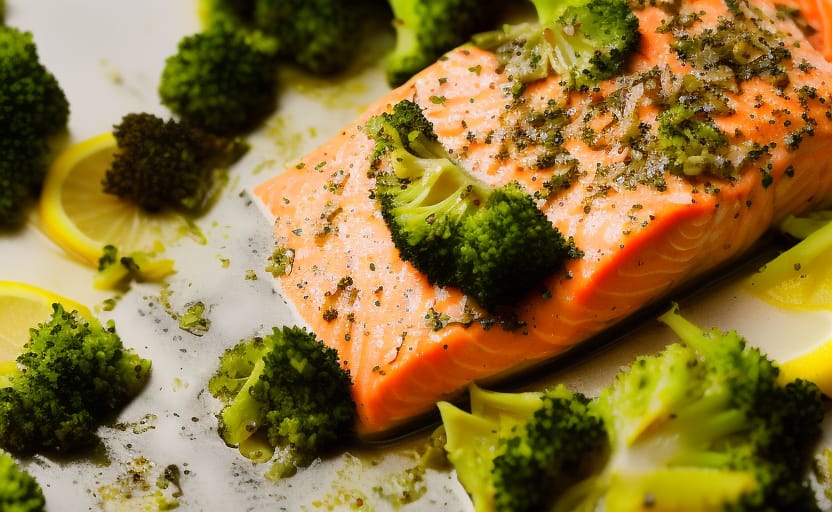
🍽️ Lemon Herb Salmon with Steamed Broccoli
⏲️ 3 min prep, no cooking time!
🌱 Elimination diet friendly

🍽️ Chicken, Broccoli and Blueberry Salad
⏲️ 3 min prep, 5 min cook
🌱 Elimination diet friendly
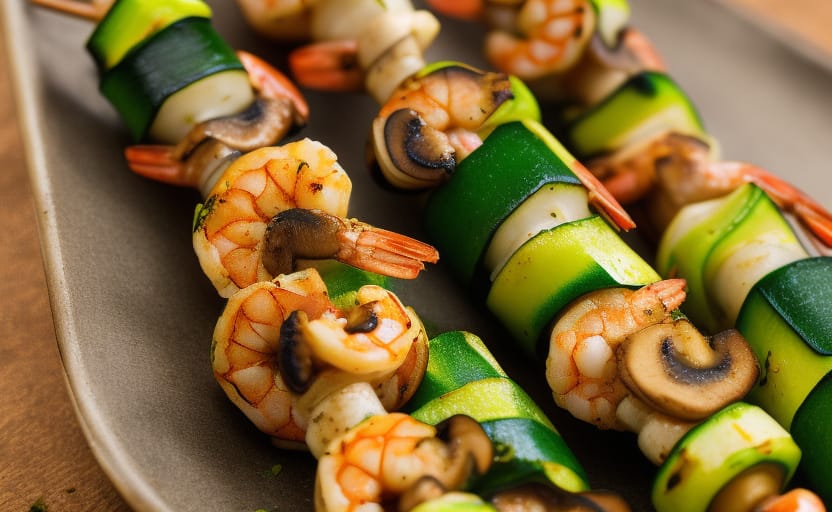
🍽️ Prawn, Courgette and Mushroom Skewers
⏲️ 3 min prep, 5 min cook
🌱 Elimination diet friendly
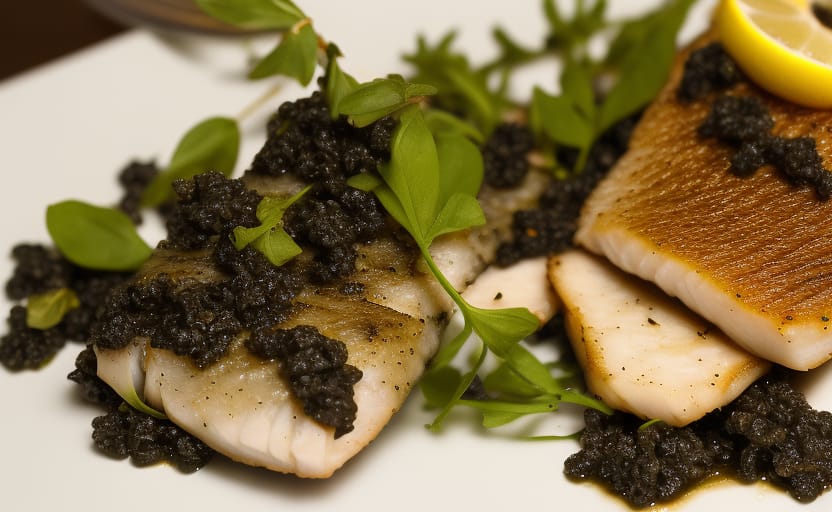
🍽️ Seared Sea Bass with Olive Tapenade
⏲️ 3 min prep, no cooking time!
🌱 Elimination diet friendly
